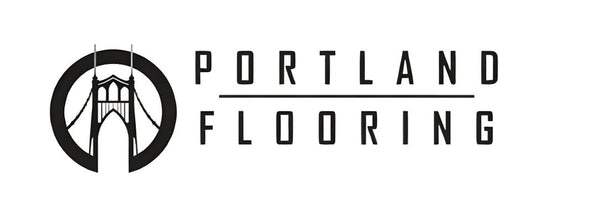Solid or engineered hardwood?
You are not alone if you don’t know the difference between solid or engineered hardwood. If you want a real hardwood floor, you still have options. A solid (also commonly referred to as ¾”) hardwood floor means each board is one solid piece of hardwood.
It’s a common misconception that an engineered floor is fake hardwood. After all, it is engineered. What’s natural about that? According to the National Wood Flooring Association (NWFA), an engineered floor is real wood from top to bottom. Layers of wood are compressed and glued together. The top layer consists of high-quality wood and provides a structurally stable floor.
Long-lasting solid hardwood
Since a solid hardwood floor is such a thick piece of wood, it allows you to sand and finish them several times, giving you the opportunity to truly customize your future home makeovers.
Beyond the longevity, you’ll have the option of site-finished or prefinished solid hardwood flooring. A site finished floor is when raw, solid hardwood is installed, sanded, and finished in your home with the color and topcoat of your choice. This means you get to design a one-of-a-kind floor for your home. A prefinished hardwood is when the boards come from the factory already finished. They are ready to be lived on as soon as they are installed.
Benefits of an engineered floor
Wood naturally expands & contracts when the climate changes. The same is true for that hardwood in your home. Oregon is known for having all four seasons, regardless of how long they last. Because of this, you might have noticed gaps in a hardwood floor, called seasonal gapping. These gaps between the floor planks are more noticeable during certain times of the year. The way engineered floors are processed, they are less likely to be affected by changes in temperatures, which lowers the chances of seasonal gapping.
Also, did you know you can sand & refinish an engineered hardwood floor? You can! Generally, you can get one, maybe two, refinishes out of engineered flooring, depending on the product.
Which is best for me?
When you’re trying to decide between these types of floors, The HFC recommends you ask yourself these vital questions:
- What kind of climate do I live in?
- What type of subfloor do I have?
- Will I want to change the appearance of my floor over time?
- Am I going to have this product installed in an area that could get wet?

